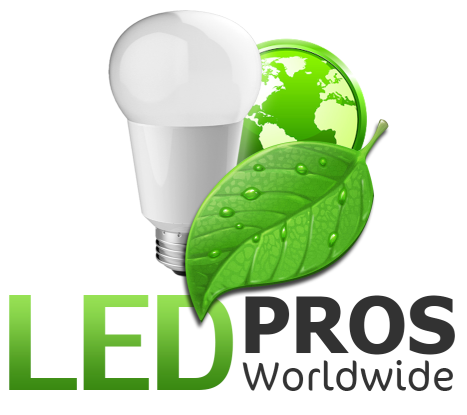Power Factor and Harmonic Distortion in AC LED Lighting
Recently I was seeking more information regarding Power Factor and Harmonic Distortion in AC LED Lighting and I came across this article. I posted here so that others who may need some clarification on THD have a resource.
What prompted my search? Here in California, the utilities companies are conditioning LED rebates on products with a low THD. Specifically in the area of commercial refrigeration and refrigerated display lighting.
Replacing inefficient T12 Fluorescents walk-in cooler door lights with LED in Southern California Edison (SCE), Pacific Gas & Electric (PG&E) and San Diego Gas & Electric (SDG&E) territories will require the LED modules to have a low THD to qualify for a lighting retrofit or lighting upgrade rebate.
PowerFactor (PF) and Total Harmonic Distortion (THD)
are key performance parameters that can limit the wide acceptance of AC LED lighting in the marketplace. This paper first reviews the importance of both PF and THD to standards setting bodies, electric utilities, and end users. Next, this paper reviews the PF and THD performance of two existing AC LED solutions. Finally, this paper summarizes how AC LED lighting can achieve power quality levels necessary to sustain viral growth in the AC LED marketplace.
Power Quality: PF & THD
Despite AC LE lighting’s high luminous efficacy and promises to deliver significantly higher energy efficiency than incandescent lighting, power quality of AC LED lighting has been a much less compelling story.
Before AC LED lighting can experience viral growth as it replaces billions of incandescent bulbs around the world, the industry will have to address the relatively poor power quality of its existing AC LED lighting solutions.
Power quality standards are already being considered, for example, as a prerequisite for AC LED lighting products to receive ENERGY STAR certification.
Power quality for any AC lamp indicates how the lamp draws current when supplied with sinusoidal voltage from the AC mains. Incandescent lamps have a resistance that draws current as a linear load, but AC LEDs have diodes that draw current as a non-linear load.
As a consequence of this non-linear behavior, existing AC LED lighting solutions exhibit poor power quality scores in terms of both power factor (“PF”) and total harmonic distortion (“THD”).
THD is a numeric representation of distortion in the current waveform
relative to the sinusoidal voltage waveform on the AC mains. Distortion indicates how much harmonic current is flowing in the power lines. Harmonics are unwanted currents at multiples of the fundamental line frequency (e.g., 50 or 60 Hz).
Harmonic currents can create additional voltage and power losses in the transmission lines, heat transformers and capacitors, resonate with power factor correction capacitors, and/or overload neutral conductors. Uncontrolled harmonic currents in commercial facilities can lead to outages and even fires.
Any non-linear load, such as an AC LED light engine, will draw a distorted (non-sinusoidal) current waveform when excited by a sinusoidal voltage waveform.
Buy Direct and Save $$$ – All of our lighting fixtures ship factory direct to your facility. Call sales toll-free (1-844-533-7767)
